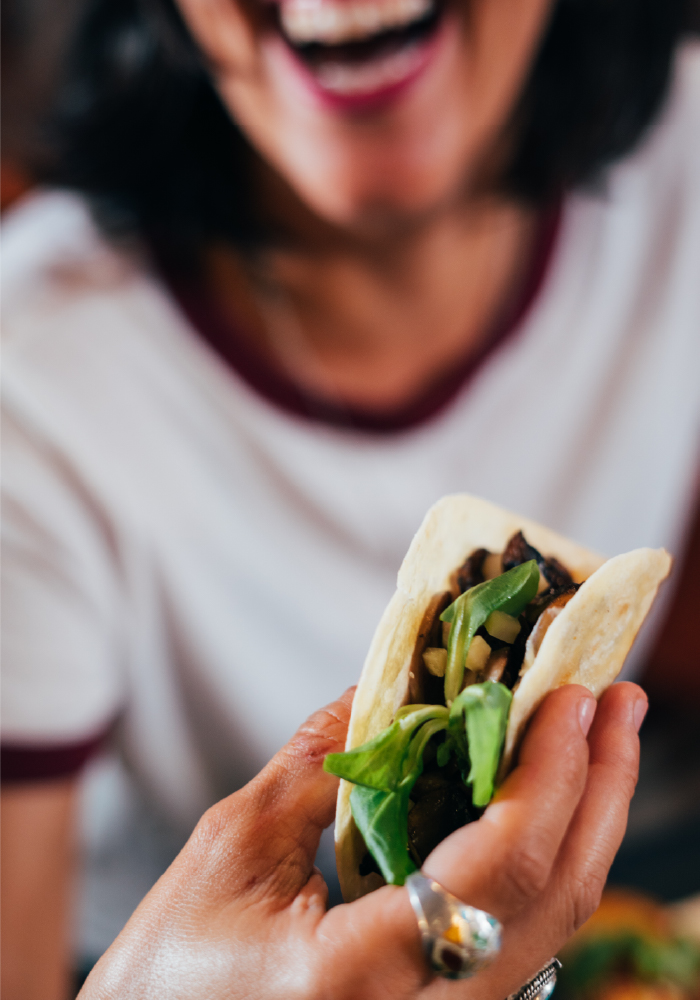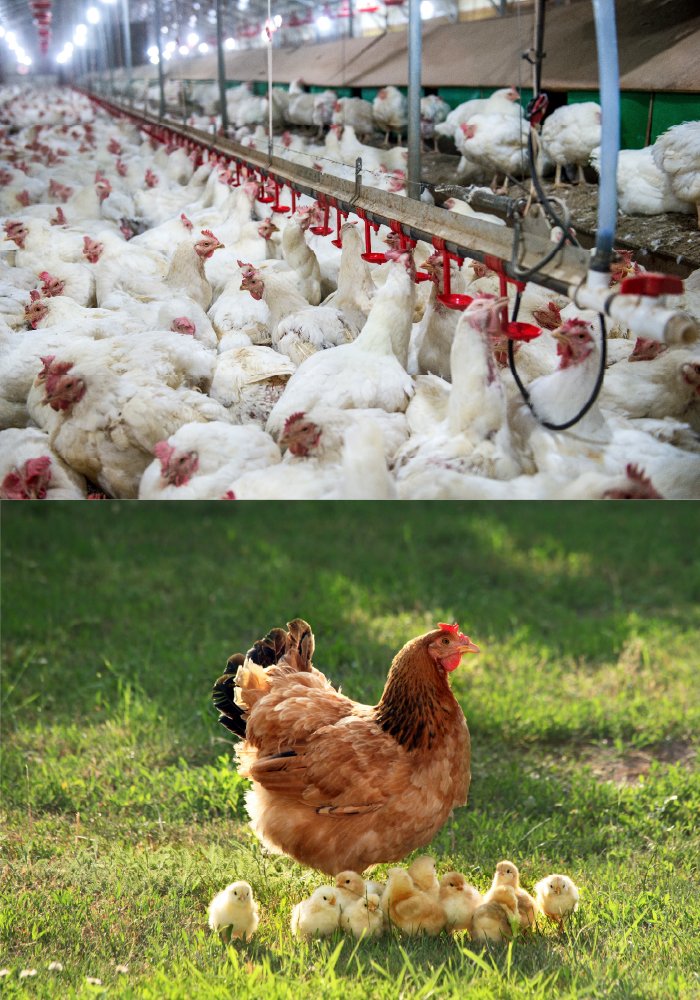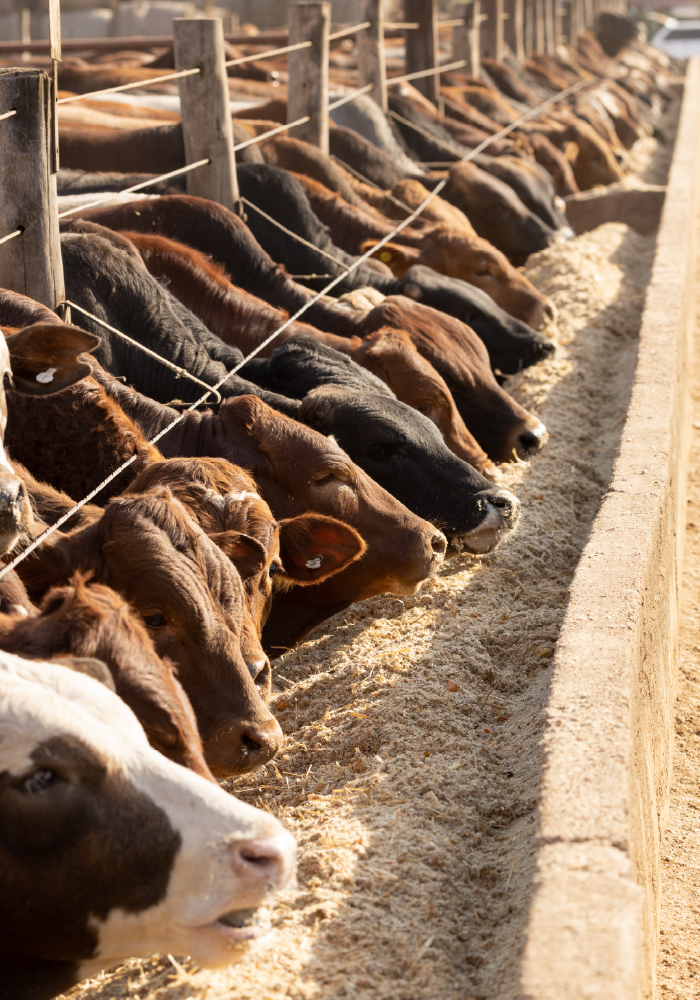
- Back to blog
- 27 June 2023
- Do not miss
- Latest news
Everything you need to know about the Health-Score, included in Beelong's Menu Calculator
The Beelong Calculator, our online application for chefs, provides both the environmental impact (ECO-SCORE® by Beelong) and the nutritional balance (Health-score) of dishes and menus. But what is the Health-score used for, and how is it evaluated?
The Beelong Calculator is a tool to help create ecological and/or balanced meals, for the week or the month. Our online application for dishes and menus highlights, on the one hand, their environmental impact and, on the other hand, their nutritional balance: theECO-SCORE® by Beelong provides the environmental score, while the Health-score , specially developed by our partner Fourchette verte Suisse offers the nutritional perspective.
What is the goal of the Fourchette verte Health-score, and how is it calculated? It aims to provide information on the the nutritional balance of dishes, snacks/desserts, and menus served in collective catering. It primarily targets consumers frequenting company restaurants, university cafeterias, homes, or medical-social institutions , as well as the parents of children eating in school canteens and daycare centers.
The Health-score, included in the Beelong calculator, provides the advantage of offering synthetic overview of the nutritional balance of a dish or menu in the form of scores. To do so, the tool calculates the scores based on the ingredients and their quantities, considering the latest recommendations from nutrition experts and weighting the results. This methodology makes it a reference tool for daily choices, both for the general public and for professionals in collective catering.
Three types of scores
The Health-score provides three types of scores, calculated based on the ingredients and their quantity.
- The "dish" score
On a scale from A+ to E-, the "dish" score provides information on the nutritional balance of the plate, taking into account the nutritional needs by age group. It is based on the ingredients, the portion sizes recommended by Swiss Society of Nutrition (SSN) and Fourchette verte, as well as the nutritional requirements according to theFederal Food Safety and Veterinary Office (FSVO)..
- The "snack/dessert" score
On a scale from A to E, the "snack/dessert" score is based on three indicators: the ingredients, the content of free sugars, and the content of saturated fatty acids. The result is obtained through a weighted average of the three indicators. The better the snack/dessert contains the following ingredients, the higher its score: fruits and vegetables, yogurt, dairy products and milk, unsalted nuts and seeds, legumes, eggs, whole grain bread, and whole grains. The more the snack/dessert contains the following elements, the lower its score: free sugars, saturated fatty acids.
- The "menu" score.
On a scale from A+ to E-, the "menu" score applies to menus consisting of a dish and a dessert. It is a weighted average of the "dish" score and the "snack/dessert" score based on the quantity of ingredients, with a coefficient of 2 for the amount of dessert.
What are the differences with the Nutri-score?
To date, the nutri-score only evaluates food products, not dishes or menus. On a scale from A to E, it allows for comparisons between similar products within the same category and not across different categories (e.g., multiple pizzas, multiple yogurts, etc.). The Nutri-score is not a nutritional recommendation nor a substitute for the food pyramid. Lastly, it is visible on food product packaging, mainly from producers and retailers, and not in collective catering for dishes and menus like the Health-score.
The Beelong Team



















